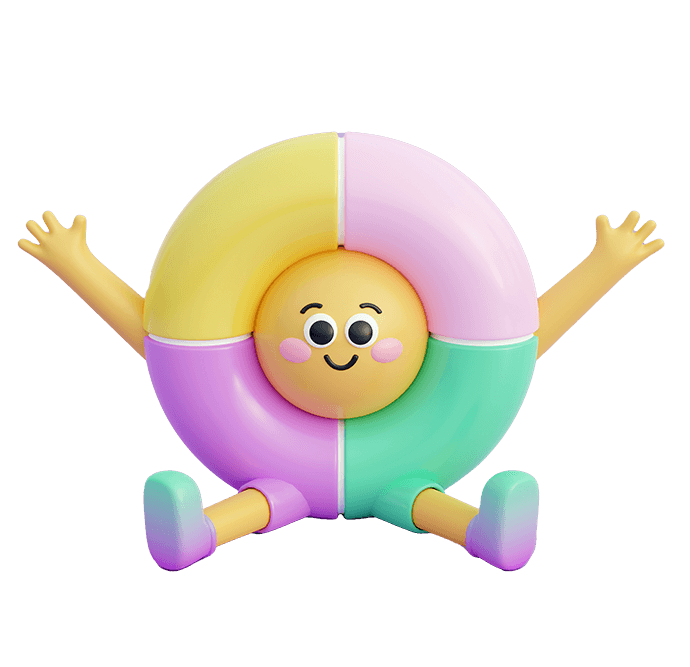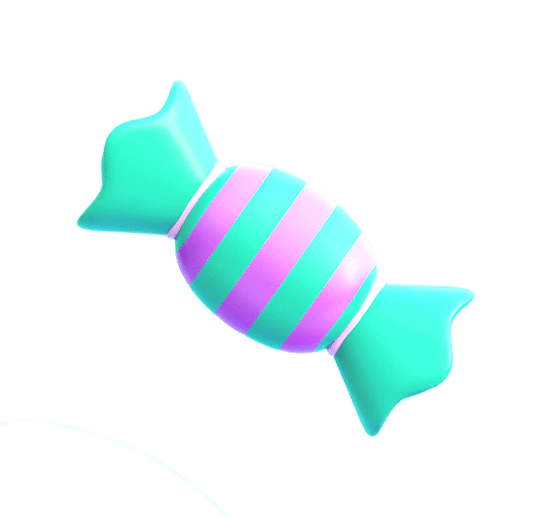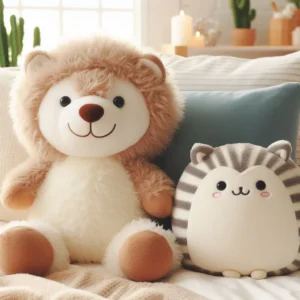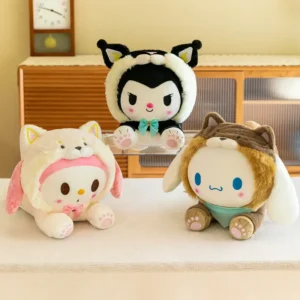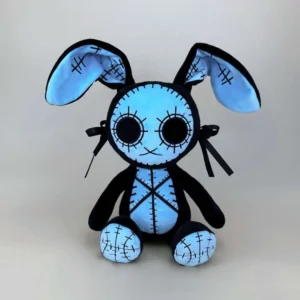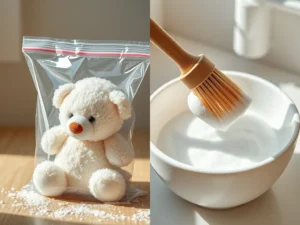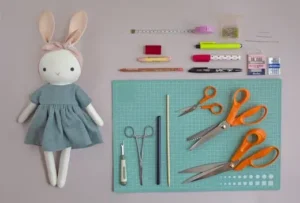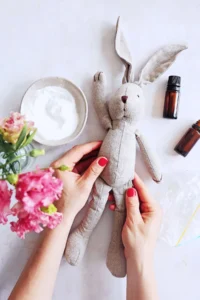Making a stuffed doll combines creativity and craftsmanship. Using the right materials, techniques, and attention to detail ensures a high-quality, durable, and lovable toy.
From selecting fabrics and tools to sewing and stuffing, each step impacts the final product’s softness, durability, and appeal. Proper design and customization make every doll unique.
Let’s walk through the complete process of making a stuffed doll.
1.What Are the Essential Materials and Tools Needed to Make a Stuffed Doll?

Creating a stuffed doll starts with gathering quality materials and precise tools.
Essential materials include plush fabrics like polyester minky or cotton blends, polyester fiberfill for stuffing, embroidery threads, and safe stuffing accessories. Tools like sewing machines, scissors, needles, and patterns are also necessary.
High-quality fabric ensures softness and durability. Polyester minky is popular for its plush texture and color variety.
Fiberfill stuffing creates softness and shape. Embroidery threads add detailed facial features and decorations.
Tools must be precise: sharp scissors for clean cuts, sewing machines for strong seams, and needles suitable for plush fabric.
| Materials | Purpose | Notes |
|---|---|---|
| Plush fabrics | Exterior softness and look | Polyester minky, velboa |
| Polyester fiberfill | Interior softness and support | Lightweight and resilient |
| Embroidery threads | Detailed features | Durable and colorfast |
| Sewing machines | Stitching | Adjustable speed and stitch length |
| Scissors and needles | Cutting and hand sewing | Sharp and suitable for fabrics |
Proper materials and tools lay the foundation for a quality doll.
2.How Is the Design and Pattern for a Stuffed Doll Created and Finalized?
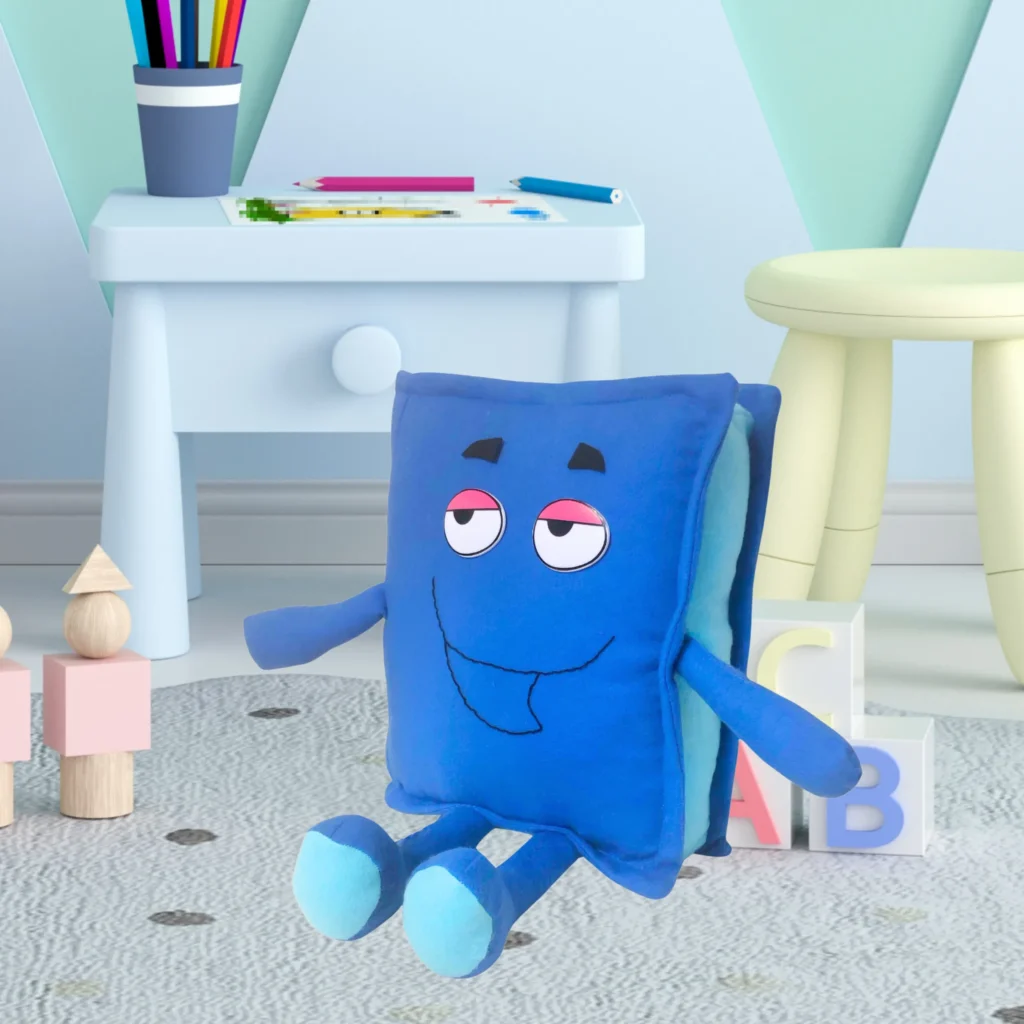
Design and pattern making transform ideas into precise blueprints for production.
Designers sketch the doll’s shape and details, then develop patterns that break the design into fabric pieces, ensuring correct size and fit for assembly.
Initial sketches capture the doll’s character, size, and pose. Patterns are created on paper or digitally, dividing the doll into sections like limbs, body, and head.
Final patterns include seam allowances and notches to guide cutting and sewing. Samples or prototypes validate design accuracy before mass production.
| Design Stage | Activities | Outcome |
|---|---|---|
| Concept sketch | Visualize doll appearance | Initial design draft |
| Pattern development | Create fabric piece templates | Accurate cutting guides |
| Prototype assembly | Build sample doll | Verify fit, size, and style |
| Design finalization | Adjust and approve | Ready for production |
A detailed pattern is crucial for consistent quality.
3.What Techniques Are Used for Cutting and Sewing Fabric Pieces Accurately?

Precision in cutting and sewing ensures the doll’s shape and seam strength.
Fabric pieces are cut using patterns and rotary cutters or scissors, followed by sewing with careful alignment and reinforced seams.
Cutting should follow pattern outlines precisely to prevent mismatched seams. Using rotary cutters with cutting mats enhances accuracy and fabric preservation.
Sewing involves pinning pieces together, stitching with consistent tension, and double-stitching stress points. Using the correct needle and stitch type avoids fabric damage.
| Technique | Purpose | Tools/Materials |
|---|---|---|
| Pattern tracing | Guide accurate cutting | Pattern paper, tailor’s chalk |
| Rotary cutting | Clean, precise edges | Rotary cutter, cutting mat |
| Pinning and basting | Hold fabric pieces together | Sewing pins, basting thread |
| Reinforced stitching | Strengthen seams | Sewing machine, polyester thread |
Well-executed techniques lead to professional finishes.
4.How Is Stuffing Chosen and Inserted to Achieve the Desired Softness and Shape?

Stuffing quality and insertion method influence the doll’s feel and durability.
Polyester fiberfill is chosen for softness and resilience. Stuffing is inserted gradually and evenly to avoid lumps, shaping the doll’s features precisely.
Stuffing density affects firmness; more stuffing gives a solid feel, less yields plush softness. Manufacturers use tools like stuffing sticks to reach small sections.
Uniform distribution prevents deformation or sagging. For limbs or heads, stuffing firmness balances shape retention with touch comfort.
| Stuffing Aspect | Effect | Technique |
|---|---|---|
| Density control | Softness vs firmness | Add fiberfill gradually |
| Even distribution | Prevents lumps or flat spots | Use stuffing tools |
| Quality fiberfill | Longevity and resilience | Source certified polyester |
Proper stuffing ensures a satisfying tactile experience.
5.What Methods Ensure Secure Stitching and Durability in Stuffed Dolls?

Durable stitching is essential for long-lasting plush dolls.
Using reinforced seams, double stitching, and quality threads prevent seam splits. Seam allowances and finishing techniques add strength.
Seam allowances provide extra fabric for strong joins. Double stitching along stress points like arms or legs prevents tearing.
Using polyester or nylon thread offers elasticity and resistance to wear.
Quality control inspections catch weak seams before products leave the factory.
| Method | Benefit | Implementation |
|---|---|---|
| Double stitching | Prevents seam failure | Sew stress points twice |
| Quality thread | Durable and elastic | Use polyester or nylon |
| Seam allowance | Adds fabric strength | Typically 1/4 inch or more |
| Finishing techniques | Prevents fraying | Use overlock or zigzag stitch |
These methods ensure plush toys withstand regular use.
6.How Can Customization and Detailing Enhance the Uniqueness of a Stuffed Doll?

Customization adds value and uniqueness, appealing to diverse markets.
Custom embroidery, color choices, accessories, and special fabrics personalize dolls, enhancing brand identity and customer connection.
Embroidery allows intricate facial expressions or logos. Choosing unique fabric textures or prints differentiates products.
Adding accessories like hats, clothing, or sound modules creates interactive toys.
Customization increases perceived value and market competitiveness.
| Customization Type | Effect | Examples |
|---|---|---|
| Embroidery | Adds detailed features | Logos, facial details |
| Fabric selection | Unique textures or prints | Velvet, patterned fabrics |
| Accessories | Enhances play value | Clothing, hats, sound chips |
| Packaging | Strengthens brand identity | Custom boxes, tags |
Thoughtful customization makes plush dolls memorable and desirable.
Conclusion
Mastering materials, design, and craftsmanship produces soft, durable, and unique stuffed dolls that delight customers.
For expert help in plush doll manufacturing and customization, contact me at [[email protected]] or visit [https://plushtoyinchina.com].

